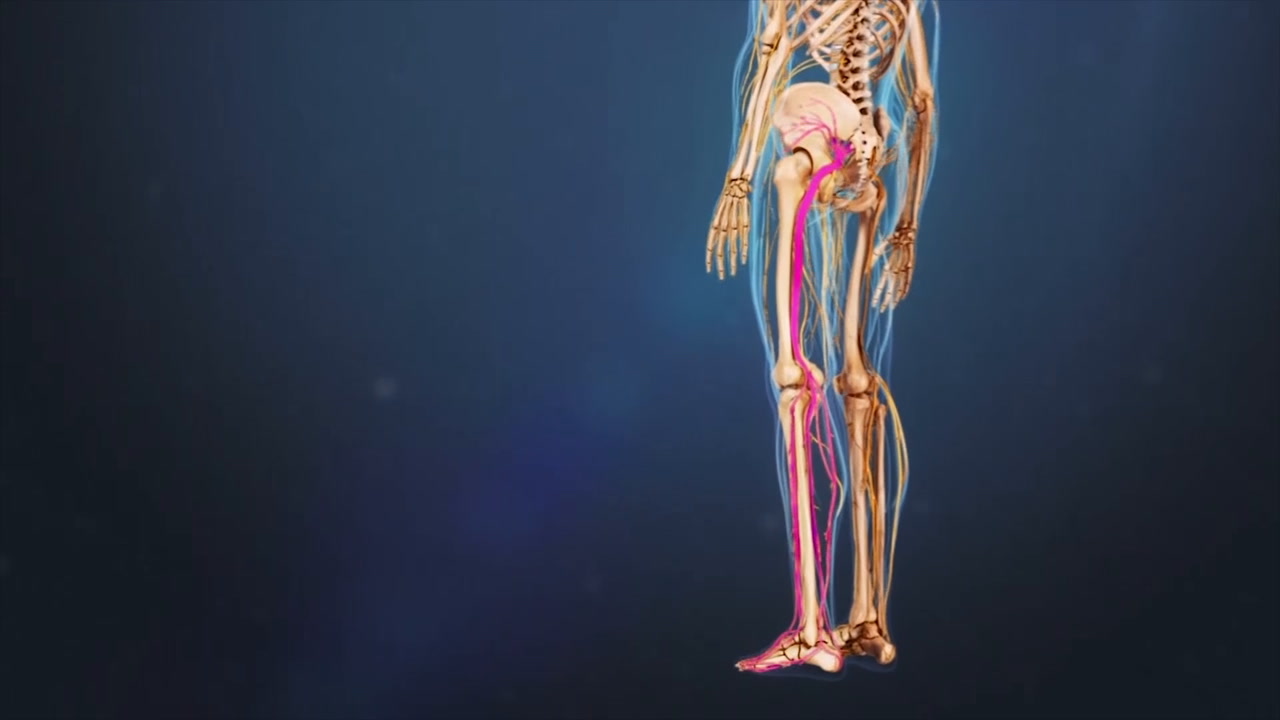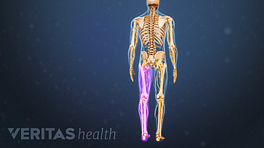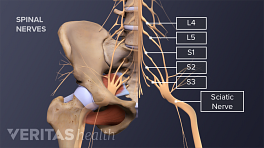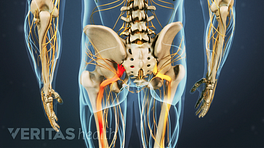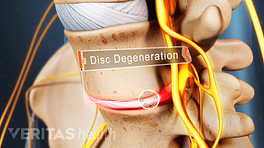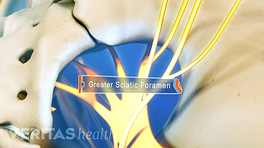Sciatica is a condition caused by irritation or compression of the sciatic nerve, marked by sharp pain, numbness, and weakness along the nerve’s path in the thigh.
The first line of sciatica treatment usually consists of nonsurgical methods that can be applied as needed, such as heat therapy, cold treatment, and pain medications.
- Applying ice or cold packs to the low back reduces swelling around the sciatic nerve, as well as numbs the nerve to help minimize pain.
- Heat therapy applied to the low back can relieve muscle tension and spasms that may be contributing to sciatica.
- Additionally, over-the-counter pain relievers, including acetaminophen or anti-inflammatory drugs can be used to deal with flare-ups of sciatica. In severe cases, stronger painkillers such as opioids or muscle relaxants are prescribed by a doctor to relieve intense, short-term flare-ups.
Many people find temporary relief using first-line treatments, but sometimes more intensive nonsurgical methods are necessary for chronic pain. For example,
- Epidural steroid injections consist of a steroid administered directly to the spine to reduce inflammation, providing pain relief that may last between 1 week and 1 year.
- Spinal manipulation, administered by a chiropractor or spine specialist, can reduce sciatica by adjusting the spinal structures to a more comfortable position and remove pressure from the sciatic nerve and lower spine.
- Physical therapy and exercise is commonly used to strengthen and rehabilitate the back muscle and spinal structures, which can gradually remove pressure from the lumbar spine and the sciatic nerve.
Alternative treatments, such as acupuncture or massage therapy, have also shown to be effective for relieving sciatic pain, as well as low back pain. Cognitive-behavioral therapy can help patients cope with the emotional effects of chronic pain.
If sciatic pain is not alleviated using nonsurgical treatments, surgery may be advised.
- A microdiscectomy is a minimally invasive procedure in which the irritant on the sciatic nerve is removed. A microdiscectomy is usually used when a lumbar herniated disc or bone spur causes sciatica, and has a relatively short recovery process.
- A laminectomy removes a portion of the vertebra called the lamina to relieve pressure on the sciatic nerve. This procedure is more common for sciatica caused by spinal stenosis, and involves a larger incision and somewhat longer recovery time than a microdiscectomy.
Finding an effective treatment option is usually a process of trial and error, and may include a combination of treatments to effectively manage pain. People living with sciatica are encouraged to use the treatment options they are most comfortable with, and that are most effective for their pain.
